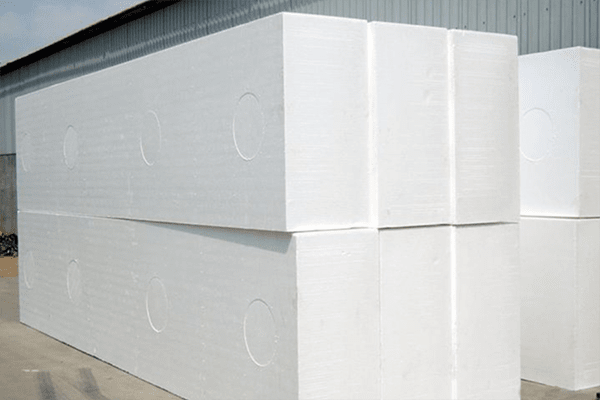Styrofoam, a ubiquitous material known for its lightweight and insulating properties, is a staple in packaging, construction, and many other industries. The production of Styrofoam involves several key steps, leveraging specialized equipment known as Styrofoam machines. This article explores the process of making Styrofoam, the machinery involved, and its various applications.
What is Styrofoam?
Styrofoam is a brand name for a type of expanded polystyrene (EPS) foam. It is widely used due to its insulating properties, lightweight, and ability to be molded into various shapes and sizes. Dow Chemical Company first introduced it in the 1940s, and it has since become synonymous with EPS foam products.
The Styrofoam Production Process
The production of Styrofoam involves several stages, from raw material preparation to the final shaping and cutting of the foam products. Here’s a detailed look at each step:
1. Pre-expansion
The process begins with small beads of polystyrene resin, which are the raw materials. These beads contain a blowing agent, usually pentane, which helps them expand when heated. The beads are placed into a pre-expander, a type of Styrofoam machine that heats them with steam. The heat causes the blowing agent to vaporize, making the beads expand up to 40 times their original size. The pre-expanded beads are then aged in storage silos to allow the pentane gas to escape and stabilize the beads’ structure.
2. Molding
Once the beads have stabilized, they are transferred to a mold. The mold can be designed to create blocks or specific shapes, depending on the intended use of the Styrofoam. The mold is filled with the expanded beads, which are then subjected to another round of steam heating. This causes the beads to expand further and fuse, forming a solid block or shape. The mold is cooled, and the newly formed Styrofoam is removed.
3. Cutting and Shaping
After molding, the Styrofoam blocks or shapes are often too large or irregular for their final applications. They are then cut and shaped using specialized Styrofoam cutting machines. These machines use hot wires, blades, or laser cutters to slice the foam into precise shapes and sizes required for various uses. The cutting process can be customized to produce everything from large insulation panels to intricate packaging forms.
4. Quality Control
Quality control is crucial in the production of Styrofoam. The finished products are inspected for consistency in density, size, and structural integrity. Any defects or irregularities are identified and corrected to ensure that the Styrofoam meets industry standards and specific customer requirements.
The Role of Styrofoam Machines
Styrofoam machines are integral to the production process, ensuring efficiency, precision, and consistency. These machines include:
- Pre-expanders: Used for the initial expansion of polystyrene beads.
- Molding machines: For fusing expanded beads into solid blocks or shapes.
- Cutting machines: Utilizing hot wires, blades, or lasers to shape the foam.
These machines are designed to handle the delicate nature of expanded polystyrene, maintaining its lightweight and insulating properties while producing uniform and high-quality products.
Applications of Styrofoam
Styrofoam’s versatility makes it suitable for a wide range of applications:
- Packaging: Lightweight and shock-absorbent, ideal for protecting fragile items.
- Construction: Used as insulation in walls, roofs, and foundations due to its excellent thermal properties.
- Crafts and Modeling: Easy to shape and paint, popular in arts, crafts, and model-making.
Environmental Considerations
While Styrofoam is incredibly useful, its environmental impact has raised concerns. Being non-biodegradable, it contributes to landfill waste and environmental pollution. Efforts are being made to recycle Styrofoam and develop more eco-friendly alternatives. Manufacturers are also working on improving the efficiency of Styrofoam machines to reduce energy consumption and emissions during production.
Conclusion
The production of Styrofoam is a complex process involving the use of advanced machinery to transform raw polystyrene beads into versatile foam products. Styrofoam machines play a crucial role in ensuring the material’s lightweight, insulating, and protective properties. As industries continue to rely on Styrofoam for various applications, ongoing innovations in production technology and recycling methods are essential for balancing utility with environmental responsibility.
Post time: 08-01-2024






